You have no items in your quote list.
- Home
- Bespoke Feature Drinks Bar, Hand Painted Wood & Metal
Details
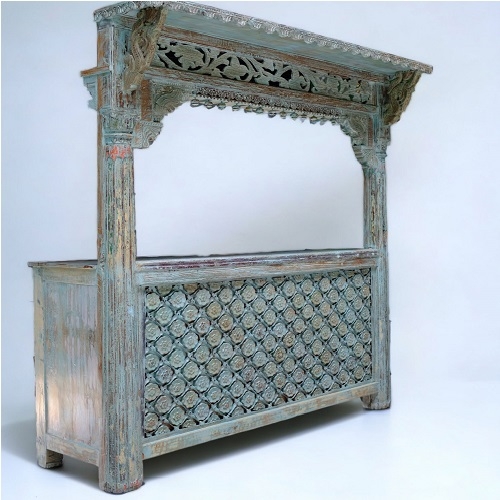
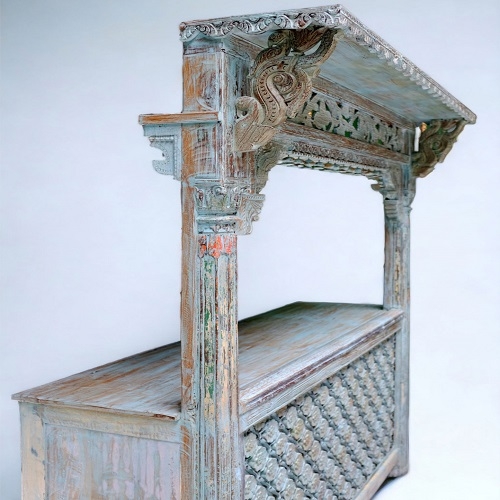
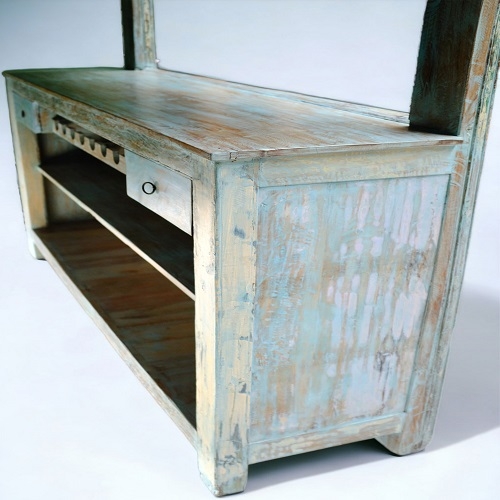
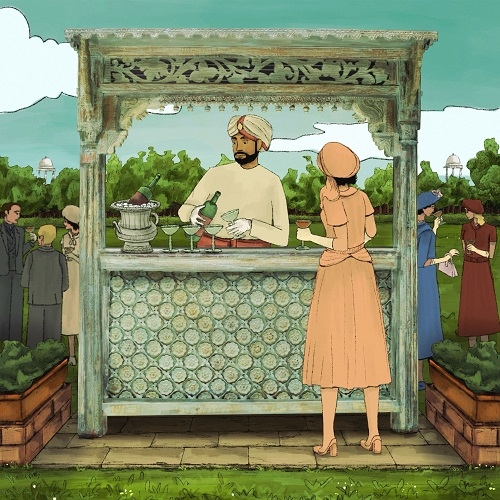
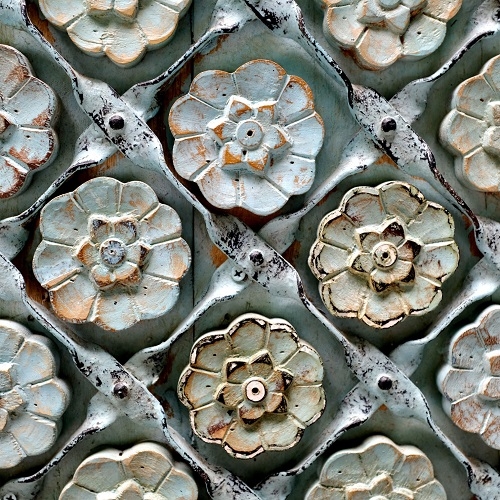
This unique Drinks Bar has been expertly crafted from a harmonious blend of reclaimed teakwood and mango wood, breathing new life into timeworn materials with a rich history of their own and exemplifying the essence of repurposing and upcycling.
The distressed blue colour ensures the bar is easily the focal point of any room, with its exquisite craftsmanship, it exudes charm and character, boasting a rich history in every grain. With space for storing wine bottles and glasses, combining functionality, aesthetic appeal, and a commitment to sustainability, it is a standout addition to any space, creating a distinct atmosphere.
Teak wood is the most popular type of hardwood used for furniture and other articles in India. Ranging from deep yellow to dark brown it is recognized as the best kind of timber for the production of doors, window frames, wagons, carriages, furniture, cabinets, ships and agricultural implements. It is moderate in weight but provides strength, stability, durability, easy workability and finishing qualities making it the most appealing timber to work with. The grain, texture and colour help to provide a beautiful finish to any product.
The bar, made of reclaimed wood, is made up of an art form called Naqashi (carvings) which creates intricate carvings on the object providing it with an ornamental and aesthetic look. The art of woodcarving in India comprised of depiction of historical events, cultural activities, mythological figures, religious beliefs, social sensitivities, natural motifs and much more.
Carvings originated from the need for ornamentation which is dependent upon the surroundings of an individual, where the nature of his surroundings and the socio-cultural environment played a significant role. It is not uncommon to observe carvings in the ancient Indian architecture.
The need to ornament domestic settings and household artefacts sprung from the desires of wealthy families who wanted to decorate their domestic spaces and their personal belongings. Three main factors governed the placement of carvings in domestic households, practical consideration, a need for display & socioeconomic status.
All of this was created from locally available hardwood which was easy to work with and provided durability and longevity to the product, be it furniture, temple décor or home décor, and even after the desired use of the product had ended, the wood could be reclaimed for the creation of new artefacts. A true testament to eco-conscious design.
Additional Information
| Size | No |
|---|---|
| Height | No |
Wow Rentals is a South East based specialised event furniture hire company , we have a wide range of furniture at great prices. We supply within London as well as the East, South East & Midlands.
Add the Wow Factor to your events, contact us to meet your contemporary event furniture needs. We cater for all types of events from corporates to smaller events
Wow Rentals
Our Favorites
Artificial Tree Hire
Like us for updates
Wow London T/A Wow Rentals, 10 Harland Ave, Croydon, CR0 5QB. All Prices are Ex-Vat. Company number: 09056521 Contact Us

